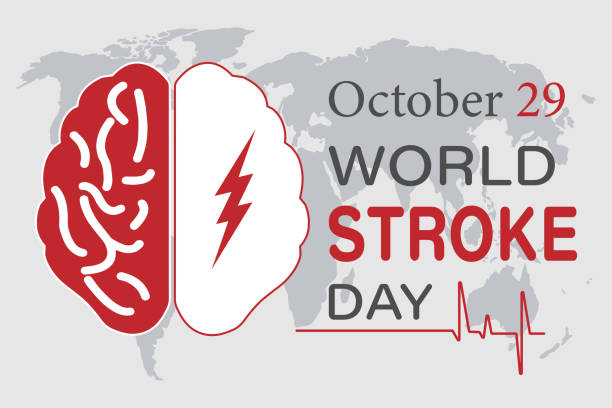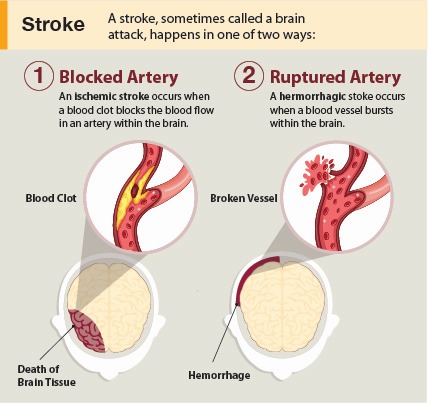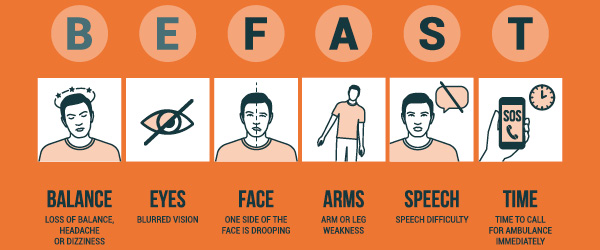
World Stroke Day - Knowledge is Prevention
by Amanda E. Lampong
Every year, strokes can affect millions of people worldwide, where it causes detrimental effects on health to the point of risking loss of life. Therefore, World Stroke Day is celebrated on 29th October every year to raise awareness about stroke and its prevention, treatment and the challenges faced by stroke survivors. World Stroke Day becomes a platform to educate the public and mobilize efforts to reduce the impact of this health problem. A stroke, also known as a cerebrovascular accident, is a life-threatening condition that happen when part of the brain doesn’t have enough blood flow. This can happens due to either a blockage in a blood vessel (ishchemic stroke) or the rupture of a blood vessel (hemorrhagic stroke). When someone has a stroke, part of the brain loses its blood supply, which keeps that brain area from getting oxygen. The lack of blood flow to the brain can result in brain damage, which lead to physical and cognitive impairments.

Strokes can affect anyone, spanning from children to adults. However, strokes tend to be more common to older individuals, with aged 65 and above. There are also certain medical conditions that could increase the risk of strokes, including high blood pressure, high cholesterol, diabetes, and people who have a history of stroke, heart attack or irregular heart rhythms like atrial fibrillation.
Although immediate medical involvement can reduce the effects of stroke and speed up the healing period, the public still lacks knowledge of stroke symptoms and the importance of seeking medical help immediately. Thus, the World Stroke Organization established World Stroke Day with the aim of increasing awareness and knowledge about strokes.

Early recognition is the key to proper stroke treatment. Therefore, you must BE FAST, as it might help you save a life.
B – Balance (loss of balance, a headache or dizziness)
E – Eyes (blurred vision)
F – Face (one side of the face is drooping)
A – Arms (arm weakness)
S – Speech (speech difficulty)
T – Time (time to call for the ambulance immediately)
